Researchers reduce amount of growth factor needed to grow embryoid bodies by delivering it via gelatin-based microparticles.
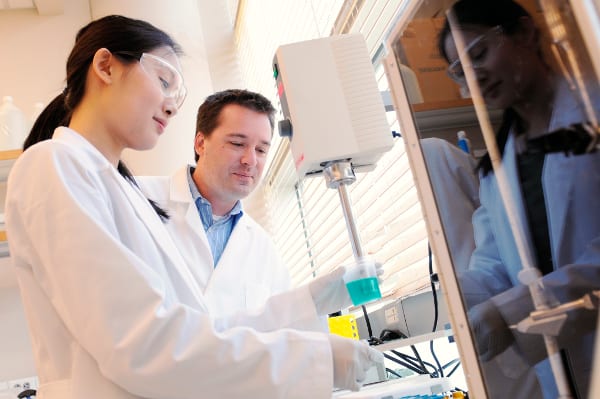

Researchers reduce amount of growth factor needed to grow embryoid bodies by delivering it via gelatin-based microparticles.
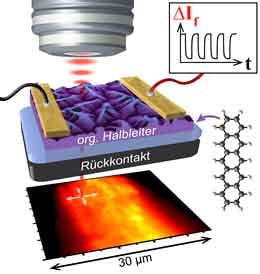
A team has, for the first time, succeeded in functionally characterizing the active layer in organic thin-film solar cells using laser light.
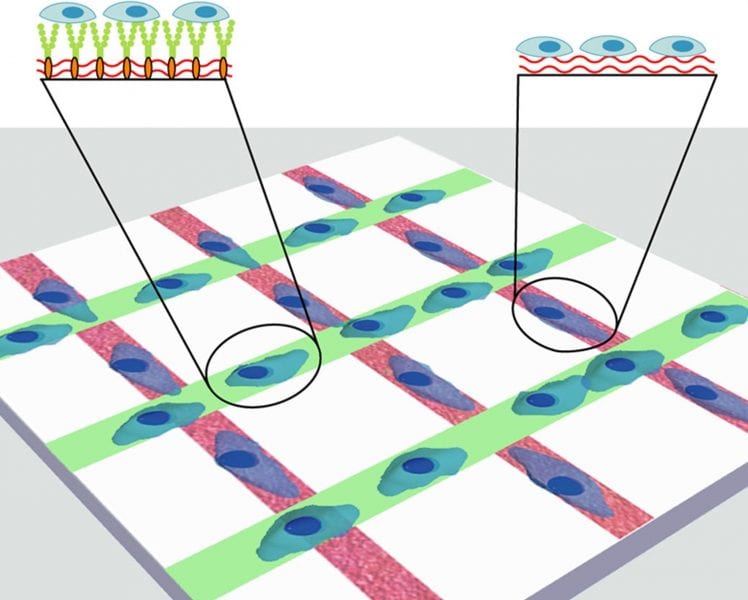
Micropatterned multicomponent interfaces as in vitro models of stem cell microenvironments with increased spatial and temporal control.
LithFire-X has been awarded patent protection for a system to contain and extinguish lithium ion battery fires in electric energy storage configurations.
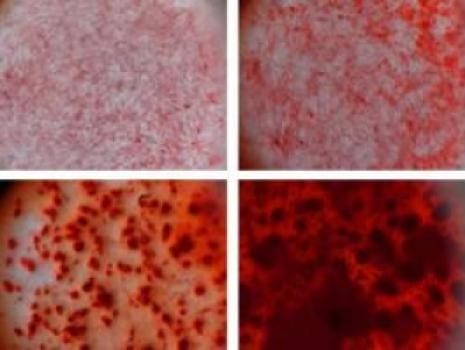
Synthetic silicate may stimulate stem cells to become bone cells.
Researchers show that there is a way to blow past Shockley-Queisser efficiency limit — once seen as an ultimate limit.
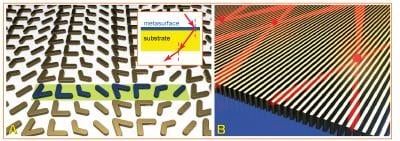
New optical technologies using “metasurfaces” capable of the ultra-efficient control of light are nearing commercialization.
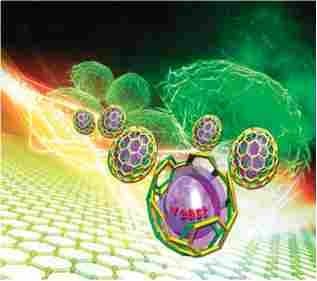
Interfacing biological systems with nanomaterials may have a significant impact in research fields such as biosensors and tissue engineering.
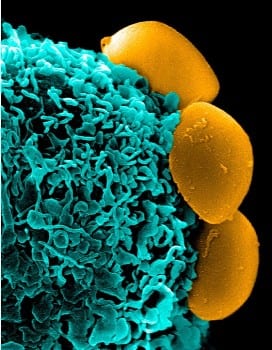
New functionalization may prevent the body from recognizing and destroying particles used in drug-delivery systems.
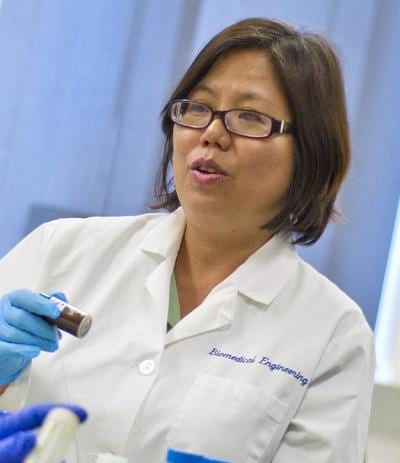
UT Arlington and UT Southwestern partner to help lung disease patients through nano drug delivery.